“There was not a sign of life of any sort. Not a tree, save for a few dead stumps which looked strange in the moonlight. Not a bird, not even a rat or a blade of grass. Nature was as dead as those Canadians whose bodies remained where they had fallen the previous autumn. Death was written large everywhere.”- Private R.A. Colwell, Passchendaele, January 1918.
The First World War destroyed the romantic view of warfare in Europe, there is simply no denying that. It is often cast as an engagement in which millions of young men fought and died under the command of old generals with outdated tactical and strategical ideas. Yet such an assessment is superficial, and ignores numerous innovations in the art of warfare throughout. The roles of infantry, cavalry, and artillery were forever changed between 1914 and 1918, while the tenets of defensive warfare were altered drastically. Emerging on the scene of battle for the first time ever were tanks, which would eventually come to be the dominant force on battlefields for much of the rest of the 20th century. Further the Great War also saw the first use of airplanes as an implement of war, undergoing an almost constant increase in terms of their overall utility.
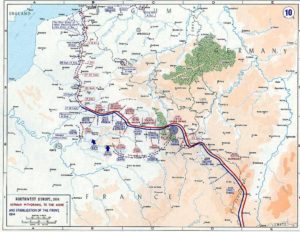
Meanwhile, the Easter Rising of 1916 is often seen as a sort of a microcosm of World War I. An engagement which opened with a doomed cavalry charge and ended with an artillery bombardment that leveled much of downtown Dublin, does indeed tend to fit neatly into this model. While the very nature of the urban warfare of the Rising was inherently different to the largely trench warfare on the Western Front, the overall change in style was indeed similar.
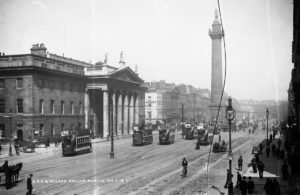
Both of these engagements were rather clear examples of what is commonly referred to as “total war“. Though not explicitly termed by him, the modern notion of total war can be traced to the 19th century Prussian officer Carl von Clausewitz. It is the use of the full resources of a nation on both the home front and the battlefront to obtain victory. The use of overwhelming force is favored, war should be pursued fervently so as to expedite the process and bring about its end. Both the Rising and World War I are examples of this, yet to varying degrees.
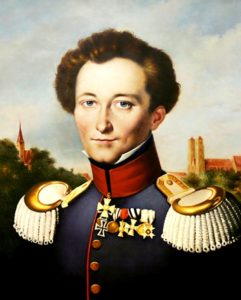
Critical to understanding to these conflicts and the ways that they were fought is the knowledge of what was at stake. It’s a well known fact that people fighting for a set of ideals that they truly believe in, tend to perform better in combat. With greater zeal and higher morale, smaller contingents have defeated numerically superior foemen throughout history. On the Western Front, the majority of the war was fought between the relatively numerically balanced contenders. In Dublin however, this was not the case, as the Republicans were outnumbered by a factor of at very least, 10:1.
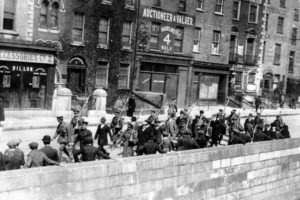
The causes of World War I could have an entire website devoted unto themselves, but in general an entangling system of alliances, fueled by militarism, imperialism, and patriotism brought France, the United Kingdom, Germany, Russia, and the Austro-Hungarian Empire to each others’ throats. The spark that was thrown into the veritable powder keg that was Europe, was the assassination of Archduke Franz-Ferndinad in June of 1914 by the Serbian separatist the group the Black Hand. The four year bloodbath that would ensue would see the disillusion of troops and civilians alike.
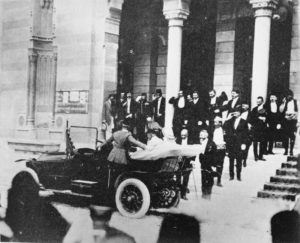
In Ireland the cause of war was far clearer. A coalition of Irish patriots centered around the schoolteacher Patrick Pearse and labor agitator James Connolly had rejected the moderate stance of accepting Home Rule. Instead they opined that the only way to achieve an independent Ireland was through armed insurrection.
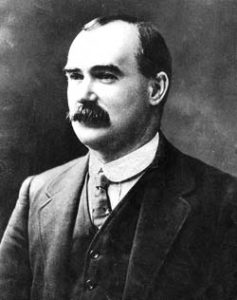
Therefore it is rather ironic throughout this all that of the four belligerents that will be analyzed (The Germans, the Allied Powers, the Irish Republicans, and the British government forces) the only one was fighting with a clearly motivated purpose was the most handily defeated. Ultimately, though the men and women engaged in these grisly “total wars” fought for a wide variety of reasons, some for independence, others for patriotism, others because they were forced for conscription, the tactics with which they fought modernized warfare in a short span of four years.
